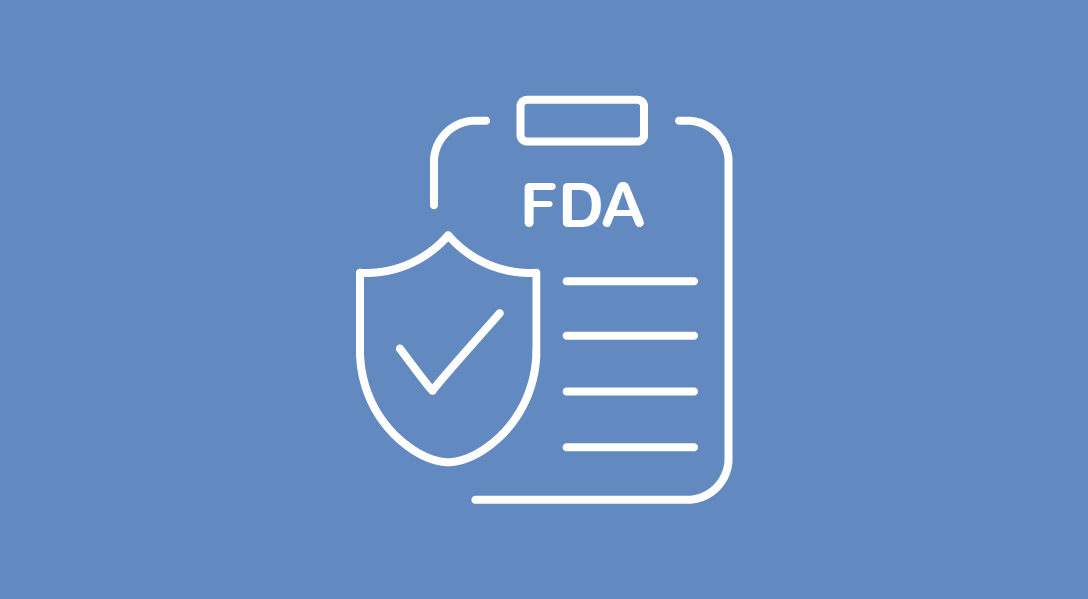BLA for Subcutaneous Nivolumab Accepted by the FDA for Advanced/Metastatic Solid Tumors
A biologics license application has been accepted by the FDA for subcutaneous nivolumab to treat adult patients eligible for approved solid tumor nivolumab indications
BLA for Subcutaneous Nivolumab Accepted by the FDA for Advanced/Metastatic Solid Tumors

A biologics license application (BLA) has been accepted by the FDA seeking approval of nivolumab (Opdivo) co-formulated with Halozyme’s proprietary recombinant human hyaluronidase (rHuPH20; subcutaneous nivolumab) for adult patients with solid tumors eligible for previously approved nivolumab indications as monotherapy, monotherapy maintenance following completion of nivolumab plus ipilimumab (Yervoy) combination therapy, or in combination with chemotherapy or cabozantinib (Cabometyx).1
Notably, the FDA assigned a Prescription Drug User Fee Act goal date of February 28, 2025.
The BLA is based on data from the phase 3 CheckMate-67T study (NCT04810078), in which subcutaneous nivolumab demonstrated noninferiority in the trial’s coprimary end points of time-averaged serum concentration over 28 days (Cavgd28) and trough serum at steady state (Cminss) vs intravenous (IV) nivolumab compared with IV nivolumab in patients with advanced or metastatic clear cell renal cell carcinoma (ccRCC) who have received prior systemic therapy. Furthermore, subcutaneous nivolumab demonstrated noninferiority in the key powered secondary end point of objective response rate (ORR) compared with IV nivolumab, as assessed by Blinded Independent Central Review.
“We believe subcutaneous nivolumab has the potential to make a significant difference in the lives of patients, which is reinforced by the FDA’s acceptance of our application,” Gina Fusaro, PhD, vice president and global program lead of Bristol Myers Squibb, said in a press release.1 “[Nivolumab] is a foundational PD-1 inhibitor approved for many different types of cancer, and our continued investment in research that puts patients first remains a priority. If approved by the FDA, the subcutaneous administration of nivolumab would provide patients and their physicians with a new option that delivers the same well-known benefits as IV [nivolumab] but with the improved convenience of an injection administered in 3 to 5 minutes rather than a 30-to-60–minute infusion.”
Nivolumab is a PD-1 immune checkpoint inhibitor which harnesses the body’s immune system to restore antitumor responses. The agent has received regulatory approval in more than 65 countries since July 2014, including the United States, European Union, Japan, and China. Additionally, nivolumab and ipilimumab combination therapy received FDA approval in October 2015 for the treatment of patients with BRAF V600 wild-type unresectable or metastatic melanoma.1,2
CheckMate-67T is a randomized, open-label trial investigating the utility of the subcutaneous administration of nivolumab co-formulated with rHuPH20, compared with IV nivolumab in patients with advanced or metastatic ccRCC who have previously received systemic therapy.1 A total of 495 patients were randomly assigned to receive either subcutaneous nivolumab or IV nivolumab. The trial's coprimary end points include Cavgd28 and Cminss; ORR serves as a key secondary end point.
Eligibility criteria included the presence of measurable disease according to RECIST 1.1 criteria, no more than 2 prior lines of systemic therapy, intolerance to or disease progression following the most recent treatment regimen within 6 months of randomization, and a Karnofsky performance status of at least 70. Patients were ineligible for the trial if they had untreated, symptomatic central nervous system metastases; active, known, or suspected autoimmune disease; or any prior treatment with an anti–PD-1, anti–PD-L1, or anti–CTLA-4 antibody or any other antibody or drug targeting T-cell co-stimulation or checkpoint pathways.3
The pharmacokinetic, efficacy, and safety outcomes from CheckMate-67T were presented at the 2024 ASCO Genitourinary Cancers Symposium.1 These data showed that the study successfully achieved its pharmacokinetics end points and its key powered secondary end point of ORR. These safety profiles were comparable between the 2 administration methods, with no significant safety issues observed.4
Notably, subcutaneous nivolumab administration was significantly quicker, with a median administration time of 5 minutes (range, 0-15) compared with 30 minutes (range, 6-133) for IV administration.4
References
- U.S. Food and Drug Administration accepts Bristol Myers Squibb’s application for subcutaneous nivolumab (nivolumab and hyaluronidase). News Release. Bristol Myers Squibb. May 6, 2024. Accessed May 6, 2024. https://news.bms.com/news/details/2024/U.S.-Food-and-Drug-Administration-Accepts-Bristol-Myers-Squibbs-Application-for-Subcutaneous-Nivolumab-nivolumab-and-hyaluronidase/default.aspx
- Opdivo. Prescribing information. FDA; April 2018. Accessed May 6, 2024. https://www.accessdata.fda.gov/drugsatfda_docs/label/2018/125554s058lbl.pdf
- A study of subcutaneous nivolumab versus intravenous nivolumab in participants with previously treated clear cell renal cell carcinoma that is advanced or has spread (CheckMate-67T). ClinicalTrials.gov. Updated March 1, 2024. Accessed May 6, 2024. https://www.clinicaltrials.gov/study/NCT04810078
- George S, Bourlon MT, Chacon MR, et al. Subcutaneous nivolumab (NIVO SC) vs intravenous nivolumab (NIVO IV) in patients with previously treated advanced or metastatic clear cell renal cell carcinoma (ccRCC): pharmacokinetics (PK), efficacy, and safety results from CheckMate 67T. J Clin Oncol. 2024;42(suppl 4). doi:0.1200/JCO.2024.42.4_suppl.LBA360



